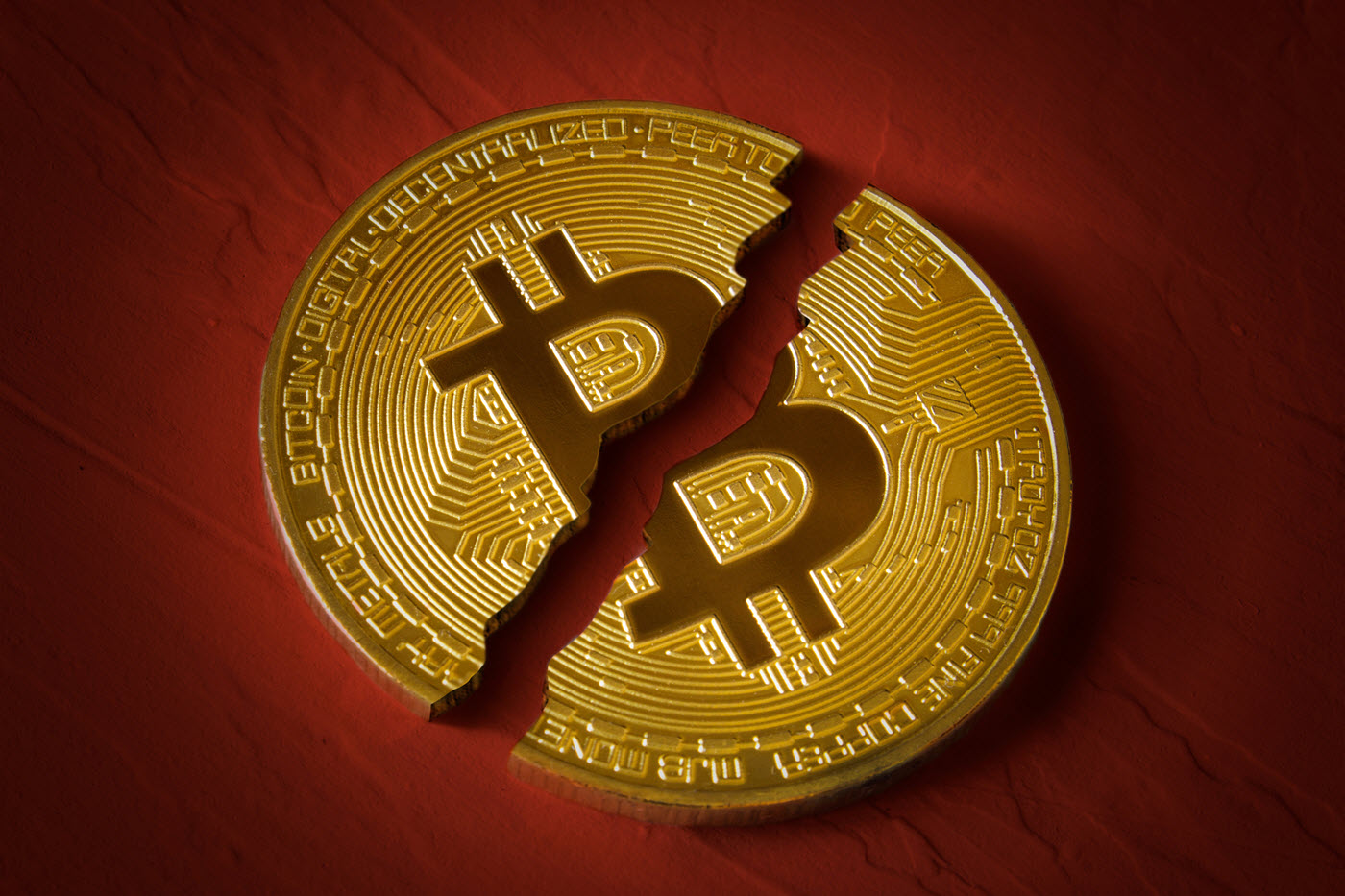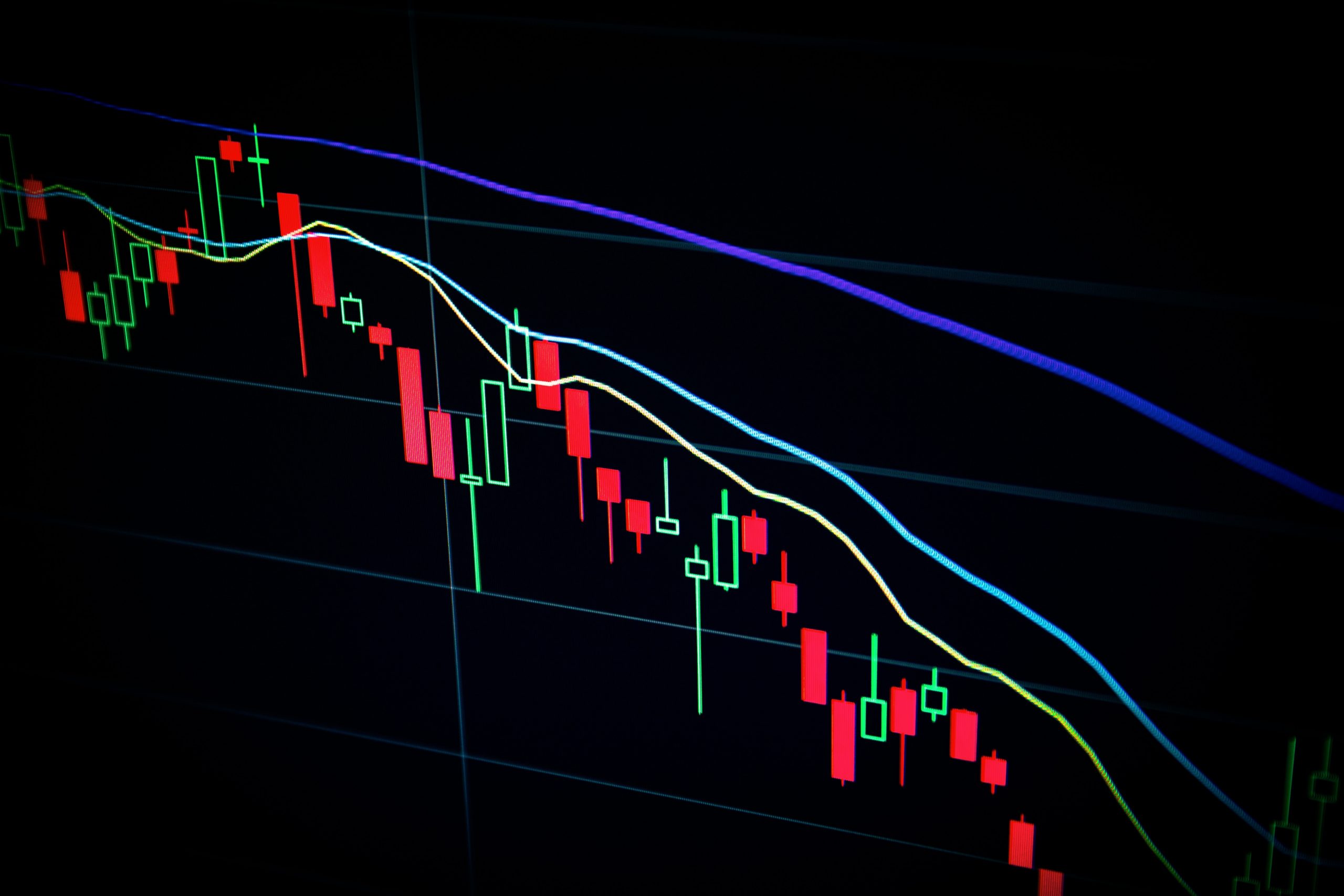As the crypto market continues its biggest correction of 2021, while future investments are hedged and day traders rush to cash out, more experienced investors resign themselves to jumping yet another HODL hurdle.
Although steep corrections are just business-as-usual in the crypto world, there are a number of factors setting this particular correction apart from previous ones and pointing to broader issues in the crypto sphere.
There is a prevalence of shitcoins
The term “altcoin” looks definitely outdated – many new cryptocurrencies really do bring something unique to the table and are backed by plenty of research and development.
Everyone is looking to get a piece of the crypto pie – and for every Chainlink (LINK) or Cardano (ADA), there is an army of cryptocurrencies that either have arguably no real use case, like Safemoon, or were explicitly created as a joke. Not only do investors stand to lose a lot by investing in dodgy cryptos – the rugpulls many of these coins do lower the level of trust in cryptocurrencies overall.
New crypto traders are entering the crypto space without training and buying at All-Time Highs (ATH)
In a market where DYOR (Do Your Own Research) raises from common sense to paramount importance, many investors hop right in and buy the latest crypto they heard about on Twitter. There often seems to be a lack of understanding of the project behind a certain coin, let alone the planning of an investment or trading strategy.
Combined with the excitement of being involved in the crypto space, the desire of quick gains and maybe the fear of missing out on that, some people end up buying at the ATH of a certain cryptocurrency. A quick look at a price chart would have indicated that a correction could be imminent.
Thankfully, resources like Binance Academy are doing a great job of breaking down the basics and turning new investors into more seasoned veterans.
Certain individuals are able to cause 25% price swings with a single tweet
The popularity of some “cool billionaires” has definitely contributed a lot in terms of public awareness of cryptocurrencies. However, the veneration bestowed upon them can also lead the same fans to take sharp turns with their own crypto positions, based on their celebrities activity on social platforms like Twitter.
Such influence results in certain coins getting pumped (or dumped) in price just because they are mentioned by a popular supporter. Case in point, Dogecoin (DOGE) – which may be funny, but at the end of the day, it was created as a joke.
Two consequences stand out: on one side, uneducated retail investors may end up making poor decisions with their cryptos just by following the hype and social media noise. On the other, the control a given influencer seems to have on the price volatility of specific cryptos makes them, if not the overall market, less attractive for institutional investors.
Over 60% of Bitcoin mining power is still controlled by China
Bitcoin is now mainly mined in huge facilities, as the difficulty has gone up making the process not financially viable for small mining rigs. Many Chinese entrepreneurs have made their fortune by sprawling complexes pumping out digital gold. Unfortunately for them though, the Chinese government doesn’t seem to be too happy with cryptocurrencies outside of their tentative CBDC. Bans or policies on cryptocurrency issued by the country where 60% of BTC is mined can have tragic consequences for the corresponding markets.
Furthermore, some regions of China have decided to crack down on crypto miners due to the amount of electricity used in the process. A dramatic shortage in BTC mining not only cuts the supply but also hinders the overall network.
Bitcoin’s Proof-of-Work blockchain consumes an excessive amount of energy
Bitcoin has changed the world of digital payments. Unfortunately, given its current scale and rate of adoption, the Proof-of-Work (PoW) component of the the most popular cryptocurrency’s blockchain is now causing huge amounts of energy consumption globally.
Transaction fees and mining power have seen such a steep increase that some companies have stopped accepting BTC payments. It’s also no surprise that a lot of attention is being turned towards “greener” cryptocurrencies and technologies built to make Bitcoin work in ways that do not harm the environment as much.
As the bull market that lasted for over half a year seems to be fading, it’s important to remember that this has happened plenty of times before. The market will hopefully emerge from this temporary hurdle stronger and more mature than it previously was.












